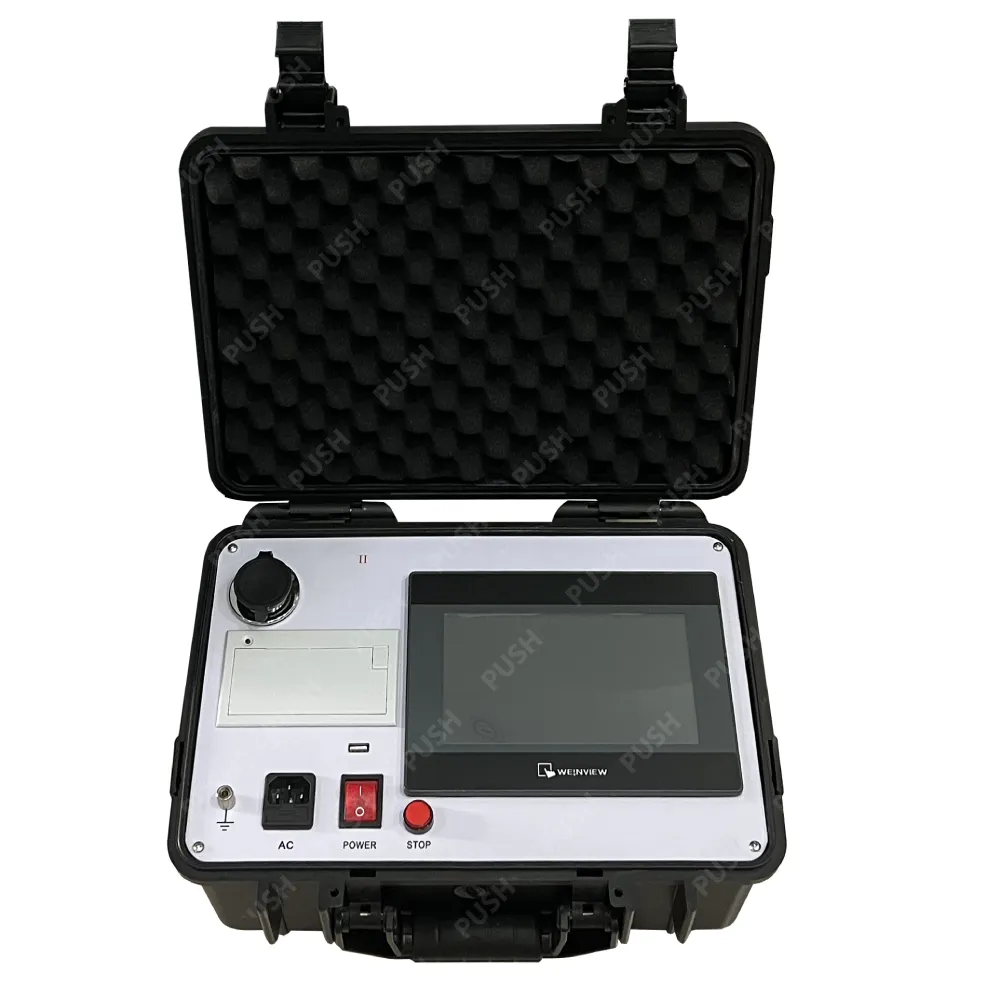 English
English


Design and Functionality of Advanced Equipment for Large-Scale Distillation Processes Optimization
Large Scale Distillation Equipment An Overview
Distillation is a crucial process in the chemical and petrochemical industries, serving as a method for separating components of a mixture based on differences in their boiling points. Large scale distillation equipment plays a fundamental role in various applications, including the production of fuels, chemicals, and pharmaceuticals. In this article, we will explore the importance, components, and operational principles of large scale distillation equipment.
Importance of Large Scale Distillation
As industries expand and the demand for purified products increases, large scale distillation equipment has become indispensable. This equipment allows for effective separation of complex mixtures, ensuring that products meet stringent quality standards. In the oil and gas industry, for example, large distillation columns are used to refine crude oil into valuable fractions like gasoline, diesel, and jet fuel. In the pharmaceutical industry, distillation is employed to purify solvents and active pharmaceutical ingredients, which are critical for patient safety and medication efficacy.
Components of Large Scale Distillation Equipment
Large scale distillation systems typically consist of several key components
1. Distillation Columns The heart of the distillation process, these vertical towers facilitate the separation of components. They contain trays or packing that enhance the contact between the vapor and liquid phases, allowing for efficient mass and heat transfer.
2. Reboilers Located at the bottom of the distillation column, reboilers provide the necessary heat to vaporize the liquid mixture. This vapor rises through the column, where it encounters descending liquid, promoting the separation of components.
3. Condenser Positioned at the top of the column, the condenser cools the vapor, converting it back into a liquid. This liquid, known as distillate, is collected for further processing or storage.
4. Feed Tank This component stores the mixture to be distilled. It often includes a pump to move the feed into the column at a controlled rate.
large scale distillation equipment

5. Control Systems Automated control systems are essential for monitoring the process variables such as temperature, pressure, and flow rates. They ensure optimal operation and help maintain product quality.
Operational Principles
The operational principles of large scale distillation equipment can be summarized in the following steps
1. Feed Introduction The feed mixture enters the distillation column at a designated feed tray, where it begins to interact with the rising vapor.
2. Vaporization and Mass Transfer The heat supplied by the reboiler causes the lower boiling point components of the mixture to vaporize. As the vapor ascends, it encounters cooler liquid on the trays or packing below, leading to mass transfer.
3. Separation Due to the differences in boiling points, lighter components rise to the top while heavier components descend, achieving separation within the column.
4. Collection At the top of the column, the vapor is condensed back into liquid form via the condenser. The distillate is then collected while the remaining heavier components are withdrawn from the bottom of the column.
Conclusion
Large scale distillation equipment is a cornerstone of many industrial processes, enabling the separation and purification of a wide range of substances. Its efficient design and operation not only enhance productivity but also contribute to quality assurance in manufacturing processes. As technology advances, we can expect ongoing improvements in the efficiency and effectiveness of distillation equipment, further solidifying its role in the industrial landscape. With the growing focus on sustainability and resource optimization, the evolution of distillation technology will play a significant role in shaping the future of various industries.
-
Differences between open cup flash point tester and closed cup flash point testerNewsOct.31,2024
-
The Reliable Load Tap ChangerNewsOct.23,2024
-
The Essential Guide to Hipot TestersNewsOct.23,2024
-
The Digital Insulation TesterNewsOct.23,2024
-
The Best Earth Loop Impedance Tester for SaleNewsOct.23,2024
-
Tan Delta Tester--The Essential Tool for Electrical Insulation TestingNewsOct.23,2024





